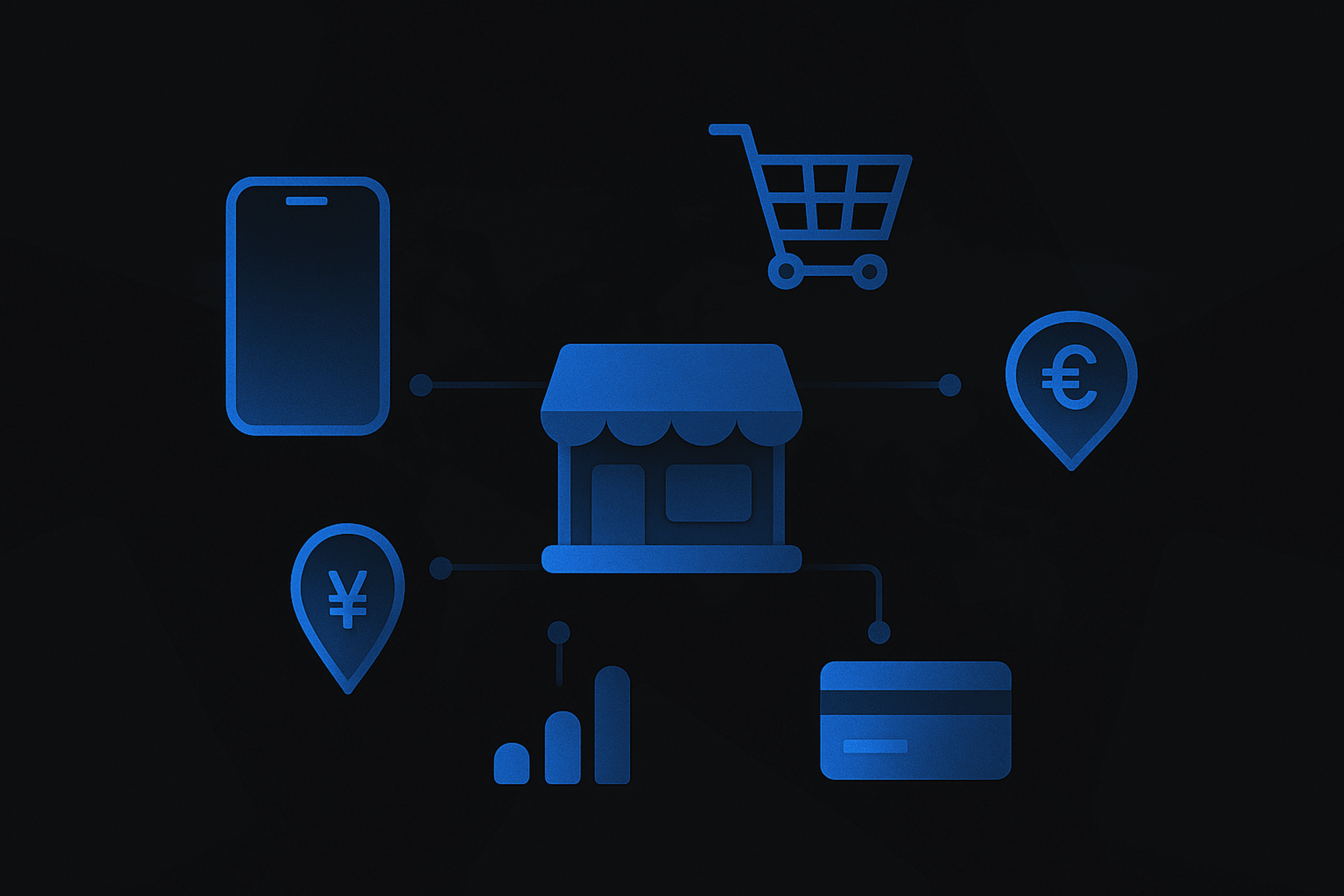
Cross-channel payments allow customers to pay through multiple touchpoints, while omnichannel capabilities create a unified experience where all payment methods work together seamlessly. Modern merchants need these integrated systems because today's consumers expect to start transactions on one platform and complete them on another without friction or complications.
The shift toward omnichannel commerce reflects changing consumer behavior. Customers research products online, compare prices through mobile apps, and often complete purchases in physical stores. They expect their payment preferences, loyalty rewards, and transaction history to follow them across every interaction point.
Single-channel payment systems limit transactions to one method or location, such as only accepting cards in-store or only processing online payments. Multi-channel approaches offer various payment options but operate independently without data sharing between platforms.
Omnichannel payment solutions integrate all transaction methods into a cohesive system. Online purchases, in-store transactions, mobile app payments, and social commerce all connect through unified backend processing. Customer data, payment preferences, and transaction histories synchronize across every channel automatically.
This integration enables sophisticated features like partial payments across channels, where customers can pay deposits online and complete transactions in-store. Gift cards purchased online work immediately in physical locations, while loyalty points earned through mobile apps apply to website purchases.
Customer expectations have evolved beyond simple transaction completion. Shoppers want flexibility to choose how, when, and where they pay. Some prefer mobile wallets for quick purchases, while others use credit cards for larger transactions. Meeting these diverse preferences requires omnichannel capabilities that adapt to individual customer needs.
Smooth channel transitions have become essential for competitive advantage. Customers frequently begin purchases online but complete them in-store, especially for expensive items they want to examine physically. Buy-online-pickup-in-store (BOPIS) services require seamless payment processing that works across digital and physical touchpoints.
Loyalty programs and personalized offers gain effectiveness through omnichannel integration. Customers who earn rewards through online purchases expect to redeem them in-store without complications. Personalized promotions based on purchase history should apply regardless of transaction channel, creating consistent value propositions.
Sales conversion improves when customers encounter familiar payment options across all channels. Research shows that offering preferred payment methods can increase conversion rates by 25% or more. Unified experiences reduce cart abandonment because customers can complete transactions through their preferred channels without starting over.
Customer satisfaction increases when payment experiences feel consistent and reliable. Customers who trust one channel often extend that confidence to other touchpoints when experiences remain uniform. This trust translates into repeat purchases and higher lifetime customer value.
Operational efficiency improves through centralized payment data and reporting. Merchants gain comprehensive views of customer behavior across all channels, enabling better inventory management and marketing decisions. Reconciliation becomes simpler when all payment data flows through integrated systems rather than separate platforms.
Payment partner selection should prioritize providers with proven omnichannel capabilities and robust integration support. The best partners offer APIs that connect easily with existing systems while providing technical assistance during implementation. Scalability matters because successful omnichannel strategies often require additional features as businesses grow.
Security and compliance must remain consistent across all channels. Payment Card Industry (PCI) compliance applies to every transaction method, while data protection regulations affect how customer information moves between systems. Merchants should verify that their omnichannel solutions meet all regulatory requirements before implementation.
Staff training and process updates ensure successful omnichannel deployment. Employees need to understand how different payment methods work together and how to assist customers who want to use multiple channels. Clear procedures for handling cross-channel transactions prevent confusion and maintain service quality.
Omnichannel payment capabilities have become essential for merchants who want to meet modern customer expectations and remain competitive. Businesses that invest in unified payment experiences position themselves for sustainable growth while those that rely on disconnected systems risk losing customers to more adaptable competitors. The future of commerce belongs to merchants who can deliver seamless, integrated payment experiences across every customer touchpoint.